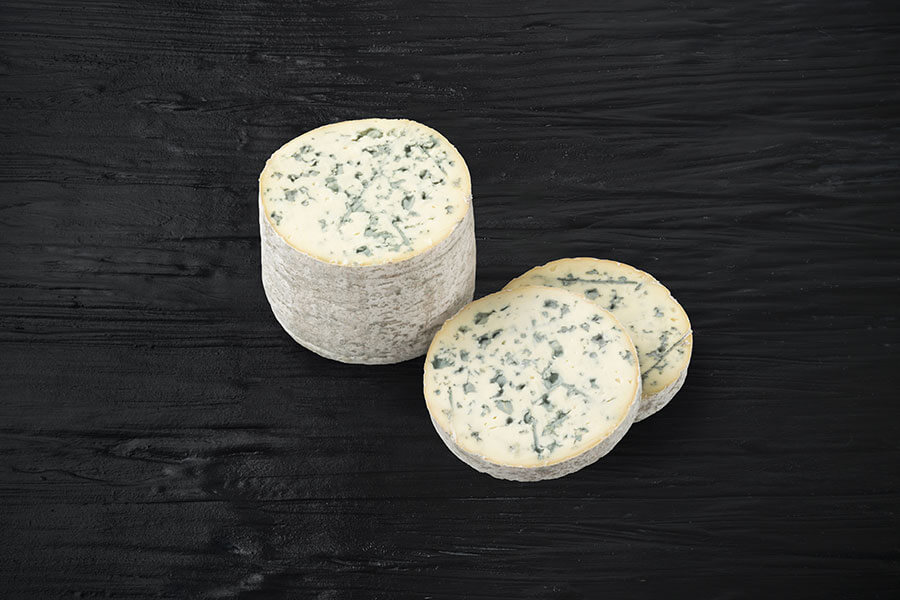Fourme d’Ambert
Fourme d’Ambert was born in an area around Puy-de Dôme mountain, in 5 cantons of Le Cantal and 8 Loire communes. Its history dates back to the time of Gaulish druids who, according to legend, were very fond of it. The cows are milked at 600 to 1,600 metres above sea level, giving the cheese a subtle, delicate flavour. It is aged for a month in cool, damp cellars after holes are poked in it to air the paste and enable the blue to grow. Fourme d’Ambert is considered to be the soft blue cheese. In times gone by it was exclusively a farmhouse cheese. The word “Fourme” comes from the Latin “forma”, which means “shape” and referred to a receptacle used for making this cheese. It is a member of the family of blue cheeses suffused with blue-grey bits. It is recommended to eat Fourme d’Ambert with white wine.
-
Cheeser
Cow’s milk -
YEAR OF LABELLING
1972 -
Raw milk or thermised/pasteurised milk
-
Blue-veined cheese
Key figures
-
832 Milk producers
-
9 Farmhouse producers
-
6 Production plants
-
5 429 Tons marketed in 2020
READ MORE
www.fourme-ambert.com

